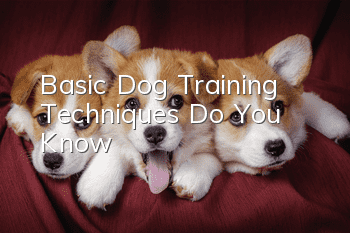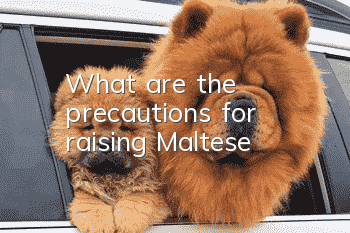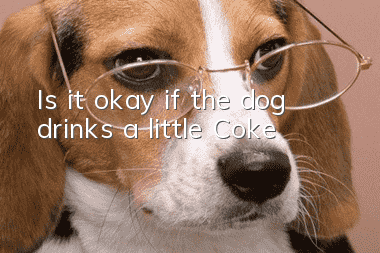Basic Dog Training Techniques Do You Know?

Dog training is when the trainer uses scientific methods to train the dog according to the purpose of use. The process of training original behavioral patterns into patterns suitable for the purposes for which we use them. Whether it is personal hobbies, life needs, or people who want to engage in this profession, before choosing what kind of dog training model, you must first understand your own requirements for dogs Only by accurately positioning can you train a well-behaved dog that truly suits you. Generally, there are 8 common types of dog training, including military dog training, police dog training, fire rescue dog training, guide dog training, and psychological therapy dog training. Frisbee racing dogs, domestic pet dogs, domestic guard dog training, etc. The above are all professional dog training. Their differences lie in: • Different users
• The purpose of use is different
• The requirements for the dog’s status are different
• The mode and environment of each training are differentHowever, they are the same That is: the principle of training is the same. There are three principles: adapt to what you like, suppress first and then increase, and first dismantle and then reassemble. Because everyone has different purposes, whether you want your dog to take care of the home and care for the home, or you want your dog to be completely obedient to you and have a sense of accomplishment, etc., you need to train it from a professional perspective and find the solution. The trick is to prescribe the right medicine. I won’t go into details about this reason here. The most important thing is how to train. Four basic processes of training a dogAttract the dog’s attention• Anything that can interest the dog and is convenient for people to use can be used Get the dog's attention. • During the training process, we must always keep the dog's attention on us. • The final result of training is to shift the dog’s attention to the human face, so when using induction items, the role of human language and emotions must be emphasized. Then slowly weaken the effect of the item. • During the training process, repeating the same training with different induction items can significantly enhance the efficiency of forming conditioned reflexes. Make gestures and commands, such as: sit down, come and wait• Passwords should be clear and consistent. • During training, saying the same command in different intonations will significantly enhance the training effect. • In the initial training, you can keep repeating the instructions. • The initial training gestures should not be too formal, otherwise it will increase the difficulty of training. Formal gestures will gradually change with training. When hearing the command, the dog should take corresponding actions•Induction: Use the items your dog likes to slowly guide it to complete the correct action. • Opportunity: seize the opportunity when it naturally expresses the movements we want to train it, and add instructions first. • Help: Borrow external objects, such as hands, leashes, other items, etc. to help it complete correct actions. • Force: When none of the above methods are effective, you can use the last method, which is force. Give the dog adequate rewardsReward: as long as it makes the dog happy Anything can be used as a means to reward a dog. "Sufficient" has two meanings, one is the number of rewards, and the other is the quality of the rewards. Commonly used reward methods are• Verbal reward: Use true and happy emotions to say the reward password, For example, "good", "good", etc. • Physical rewards: use gentle movements to pat, "tickle" it, etc. • Physical rewards: Use what he likes most, such as toys, snacks, etc. When giving, learn to be stingy and don’t let him be satisfied too easily. Only when you finish the entire training Give it all the last training session. • Free rewards: let it run freely, or play games, or let it do actions that excite it. The above four processes are coherent and unified. One of them cannot be missing, and there must be a prerequisite before this, which is to establish a close relationship with the dog first. and relationship, let it have enough trust in you, so that it can be willing to "cooperate"uo;Your training




